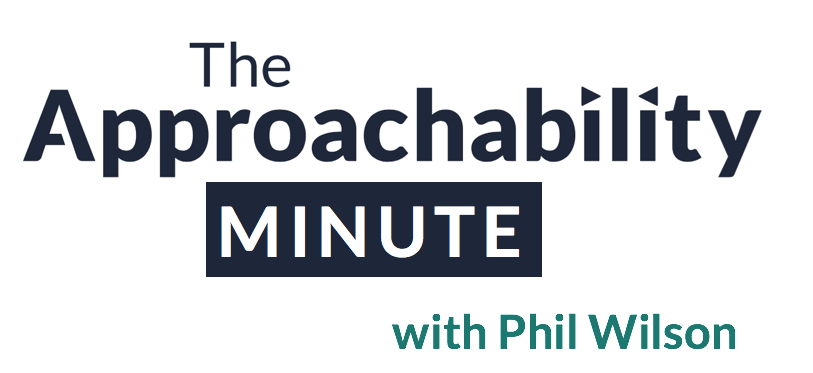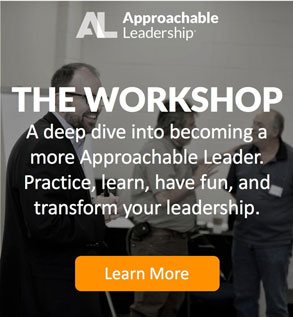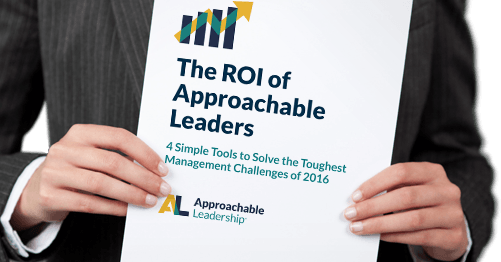
The Role of a Leader: What We Learned from Fortune’s Top 50 List
What is the true role of a leader?
Last month Fortune released its third annual list of “The World’s 50 Greatest Leaders.”
It carries names you would expect, like Jeff Bezos, Tim Cook, and Pope Francis. It also names some people you may not know like Marc Edwards, the Virginia Tech professor who led the team that proved Flint’s water supply was poisonous, and Carla Hayden, the current nominee to lead the Library of Congress.
No list like this is perfect. The 50 people on this one are mostly highly successful men and women and not “everyday” leaders. But we can learn a lot looking at what sets these, the “greatest” leaders, apart.
One thing we noticed is that these leaders are mostly successful in spite of their power. People like Edwards have little “official” power, and yet he succeeded by speaking truth to those with more formal power. All of the people on this list are advocates. They stand for big ideas, and often fight for people and principles that can’t fight for themselves.
These leaders stand out because they relentlessly go after a bigger vision. Leaders are people who represent big ideas, not authority or power.
A lot of people in power positions get this wrong. The truth is, if you give your people something to believe in that is bigger than their daily tasks you don’t need power to get things done. If your coworkers buy into the vision, trust in you and know you care about them, you don’t have to force them to follow you. Missing those ingredients? Formal power isn’t going to help you.
This is one of the main messages of Approachable Leadership. You CAN NOT be a great leader without being close to your coworkers. You must create a safe space where they actually want to talk to you, where they’re not afraid they’re going to get fired or yelled at the moment something goes wrong.
Be the kind of leader people want to approach and work for. This is the key to engagement, which is at historic lows. In fact, Gallup’s 2015 State of the American Manager report found that, “the manager accounts for at least 70% of the variance in employee engagement.”
Furthermore, “organizations fail to choose the candidate with the right talent for the manager job a whopping 82% of the time.”
That means you could dramatically improve your odds of hiring a good manager by changing your interview process to a coin flip. That’s pretty disappointing.
Has your manager hiring experience been similar? It’s a story I hear almost every day when consulting with companies. We hire people for leadership roles that really aren’t leadership material. You usually discover this when it is too late – after some major problem occurs.
The good news is this is an area you can measurably and dramatically improve. The first step is to stop the bleeding. Make sure you focus your leader hiring process on something other than past job performance (I’d humbly suggest approachability be at the top of that list). Look for people with innate leadership qualities. (Click here for a deeper dive into what qualities “real leaders” possess.)
Next, train your current leaders on these same key leadership behaviors (Not sure where to start? Check out our leadership training offerings here).
Finally, make sure you are doing all you can to be a great leader. Being approachable is a good start. But also remember how important a bigger vision is to your coworkers. Is your organization driven by a big mission that drives you every day? How do you communicate that vision to others? If you aren’t sure about the big vision what are you doing about that? Are there departmental “moonshot” projects your team can attack?
Leaders have a big responsibility. Think about what you do each day to live up to that responsibility. Mentor, grow and develop your team. Share your vision. Be a great leader.
Who is on your list of the greatest leaders? Do you think there’s substance to this idea about leading from the right place? Have you ever hired someone you thought would make a great leader and found out later you made the wrong choice? What lessons or tips did you learn to keep yourself from doing the same thing again? We’d love to hear about your real experiences in the leadership trenches. Please share with us in the comments.














